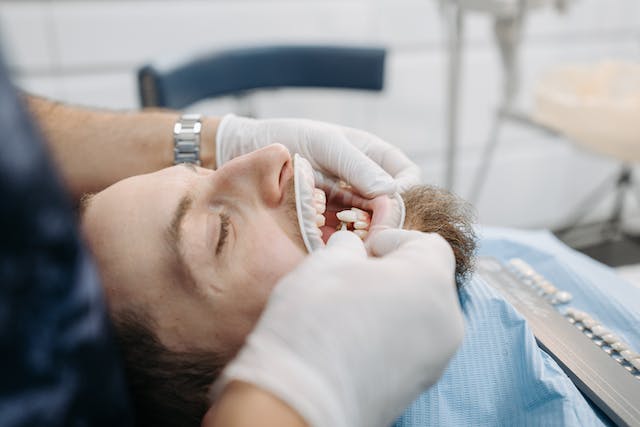When faced with dental issues, it’s essential to understand the difference between endodontic and restorative dentistry and determine which approach is best suited to your specific needs. Both disciplines play vital roles in maintaining your oral health, but they serve distinct purposes. In this article, we will compare endodontic and restorative dentistry to help you make an informed decision.

Endodontic Dentistry
Endodontics is a specialized field of dentistry that focuses on the inner structures of teeth, primarily the dental pulp and root canals. Endodontists are experts in diagnosing and treating conditions related to these areas. Here are some common scenarios where endodontic treatment may be necessary:
- Infected or Inflamed Dental Pulp: When the dental pulp becomes infected or inflamed, typically due to deep cavities, cracks, or trauma, endodontic treatment in the form of a root canal can save the tooth.
- Abscesses and Infections: Endodontists address abscesses and infections that occur within the tooth or in the surrounding bone, aiming to eliminate the source of the infection.
- Traumatic Dental Injuries: Endodontic intervention may be required to treat teeth that have been dislodged, cracked, or fractured due to accidents or injuries.
Restorative Dentistry
Restorative dentistry encompasses a broader range of treatments aimed at repairing damaged or decayed teeth and restoring their function and appearance. Restorative dentists may utilize various techniques and materials to achieve these goals, including:
- Dental Fillings: The placement of dental fillings is a common restorative procedure to repair teeth with cavities or minor damage.
Dental Crowns: Crowns are used to cover and protect extensively damaged or weakened teeth, restoring their strength and appearance. - Dental Bridges: Bridges are employed to replace missing teeth by anchoring artificial teeth to adjacent natural teeth or dental implants.
- Dental Implants: Implants are a long-term solution for replacing missing teeth. They involve the surgical placement of a titanium post in the jawbone to support a dental crown.
- Dentures: Dentures are removable appliances used to replace multiple missing teeth and restore oral function and aesthetics.
Choosing the Right Approach
The choice between endodontic and restorative dentistry depends on the specific issue you are facing:
- Endodontic treatment is appropriate when the dental pulp is affected, such as in cases of infection, inflammation, or trauma. It focuses on saving the natural tooth.
- Restorative dentistry is more diverse and covers a wide range of treatments for damaged or missing teeth. It can be used to repair teeth, replace missing teeth, and enhance overall oral function and appearance.
Your dentist or endodontist will assess your condition, provide a diagnosis, and recommend the most suitable treatment option based on your individual needs.

Endodontic vs. Restorative Dentistry: Conclusion
Both endodontic and restorative dentistry are essential components of dental care, each serving specific purposes. To determine which approach is right for you, consult with a dental professional who can assess your condition and provide personalized recommendations.
At Bryant Park Endodontics, we specialize in endodontic treatments, including root canals, to save and preserve natural teeth. If you have questions or require endodontic care, please contact us:
Bryant Park Endodontics
Young Bui, DDS
30 East 40th Street Suite 1201
New York, NY 10016
646-205-3045
Drendo4u@yahoo.com
